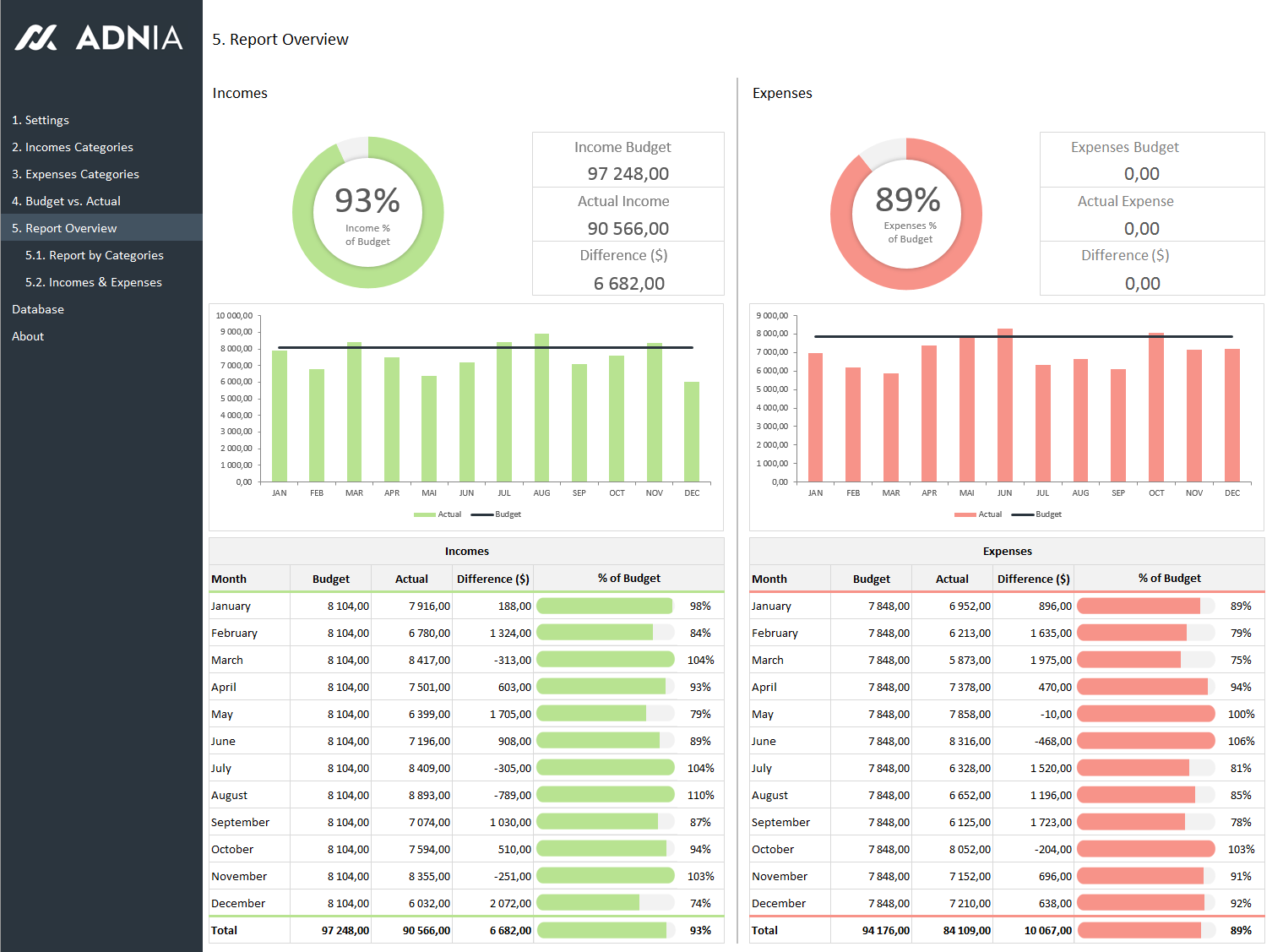

You create financial forecasts on a best-knowledge basis. Here are the primary differences between forecasts vs.

Now that we’ve gone over the basic definitions of financial forecasts and projections, we can dive deeper to make the distinction between these two terms even clearer. Key Differences Between Financial Forecasts vs. Ask the what-if questions to properly map out all the potential outcomes of your growth plans. You might also create a projection where the assumption is 80% attainment, where your fully-ramped AEs only bring in $480,000 in revenue.įinancial projections let you stress test your numbers. Your forecast is to add 10 more AEs with the same quotas, so your best-case financial projection is to hit $7.2 million ARR if everyone hits 100% attainment. If you currently have two AEs with quotas of $600,000 per year, your baseline scenario is a top-line forecast of $1.2 million. But what do your financials look like if you over- or under-hire according to plan? You can create financial projections to communicate the impact of different scenarios to your partners in the business. And in that forecast, you might assume a certain pace and volume of AE hiring to fuel your sales capacity model. You’ll determine a baseline revenue forecast for your business. Sales headcount planning is the easiest way to see how this works. You can think about financial projection examples as scenario analysis examples.

As a result, they aid decision-making by letting you better prepare for likely outcomes. They help CFOs use historical data, industry data, and their own judgment to extrapolate financial information based on hypothetical future events. This is why financial projections are an excellent financial planning tool. It means that even if you don’t necessarily expect a situation to play out, you can look at your financial statements under those circumstances. Note the main difference in the definition - financial projections rely on hypothetical assumptions. “ Prospective financial statements that present, to the best of the responsible party’s knowledge and belief, given one or more hypothetical assumptions, an entity’s expected financial position, results of operations, and cash flows. The PCAOB defines financial projection as:
#Budget forecast definition pro#
Here’s what your sales increase might look like, assuming your sales at the previous year’s end were $100,000:įinancial projections are prospective financial statements (also known as pro forma financial statements). You base your forecast (a 15% increase) on reasonable knowledge of how a large affiliate network and sales campaigns can improve sales volume. Say you expect your SaaS company’s annual recurring revenue (ARR) to increase by 15% over the next year due to a new affiliate program and sales campaigns.
#Budget forecast definition software#
You can use financial forecasting software to automatically roll those assumptions forward period over period. The figures on the forecasted income statement, balance sheet, and cash flow statement should rely on expected actions to the best of your company’s knowledge.įorecasts include relevant financial assumptions you expect to hold true over the forecast period. “ Prospective financial statements that present, to the best of the responsible party’s knowledge and belief, an entity’s expected financial position, results of operations, and cash flows. A financial forecast presents the future impact of a company’s operations on its three financial statements based on the planned course considers your SaaS company’s planned course of action and shares its influence on finances.Īccording to the Public Companies Accounting Oversight Board (PCAOB), financial forecasts are:


 0 kommentar(er)
0 kommentar(er)
